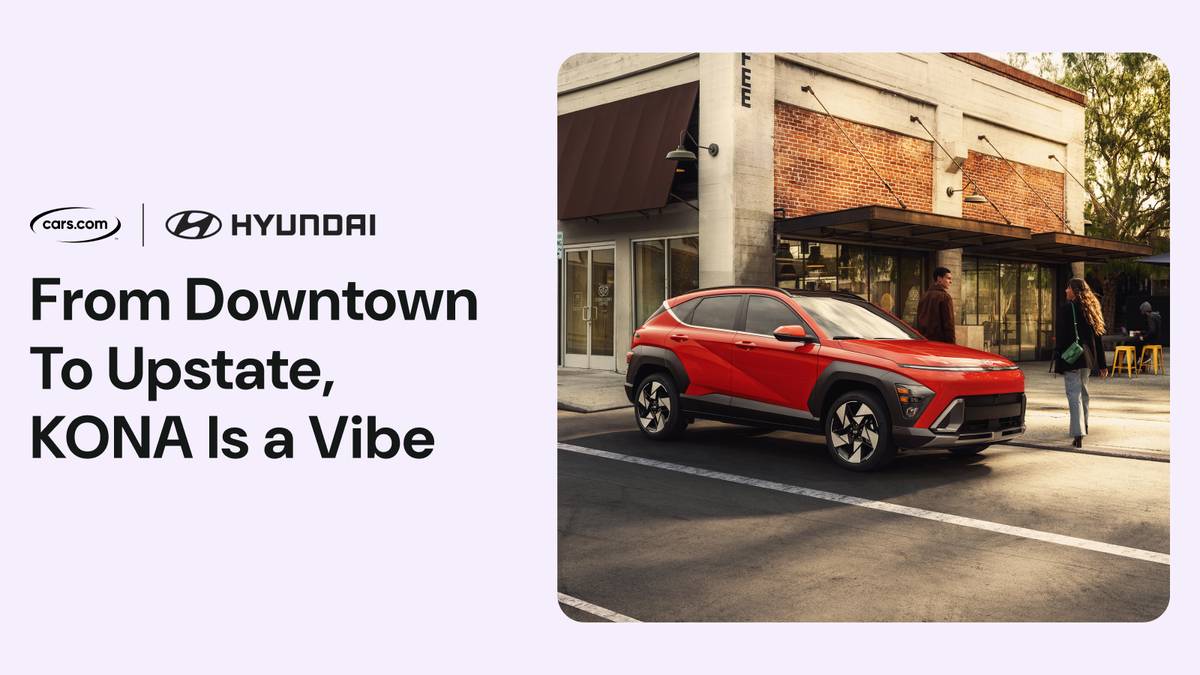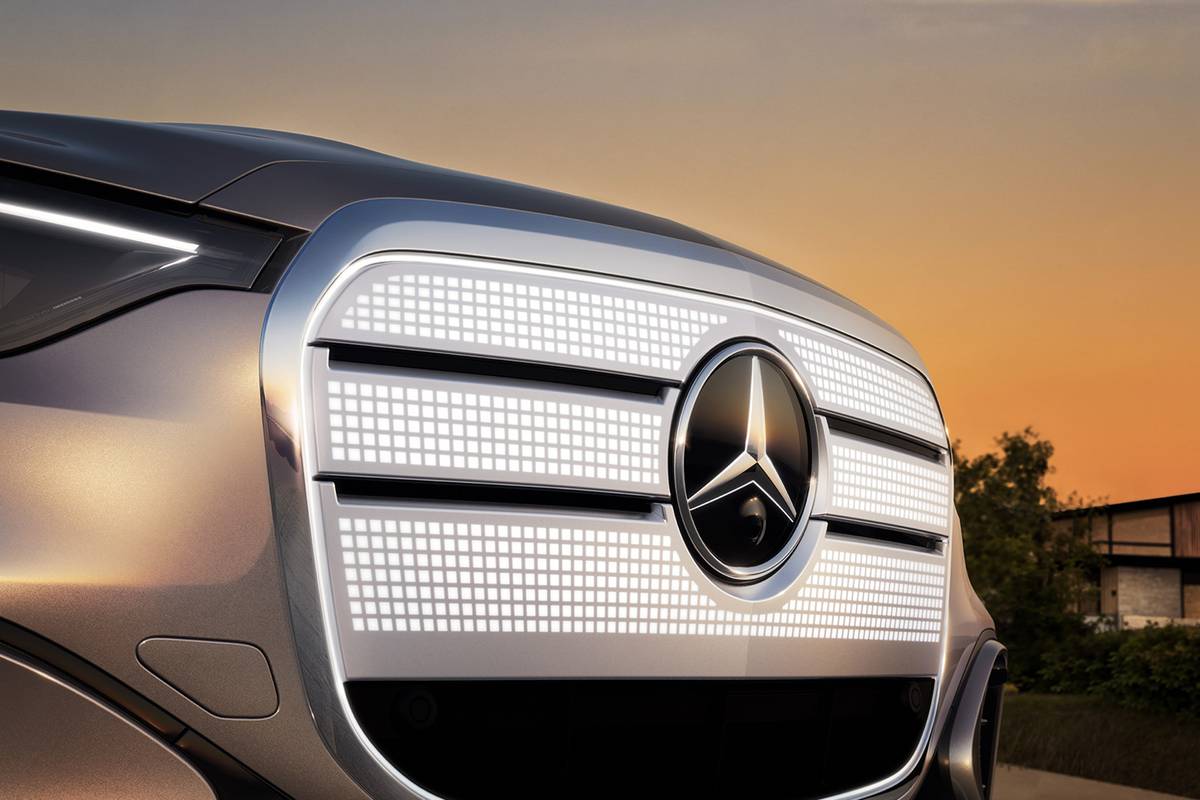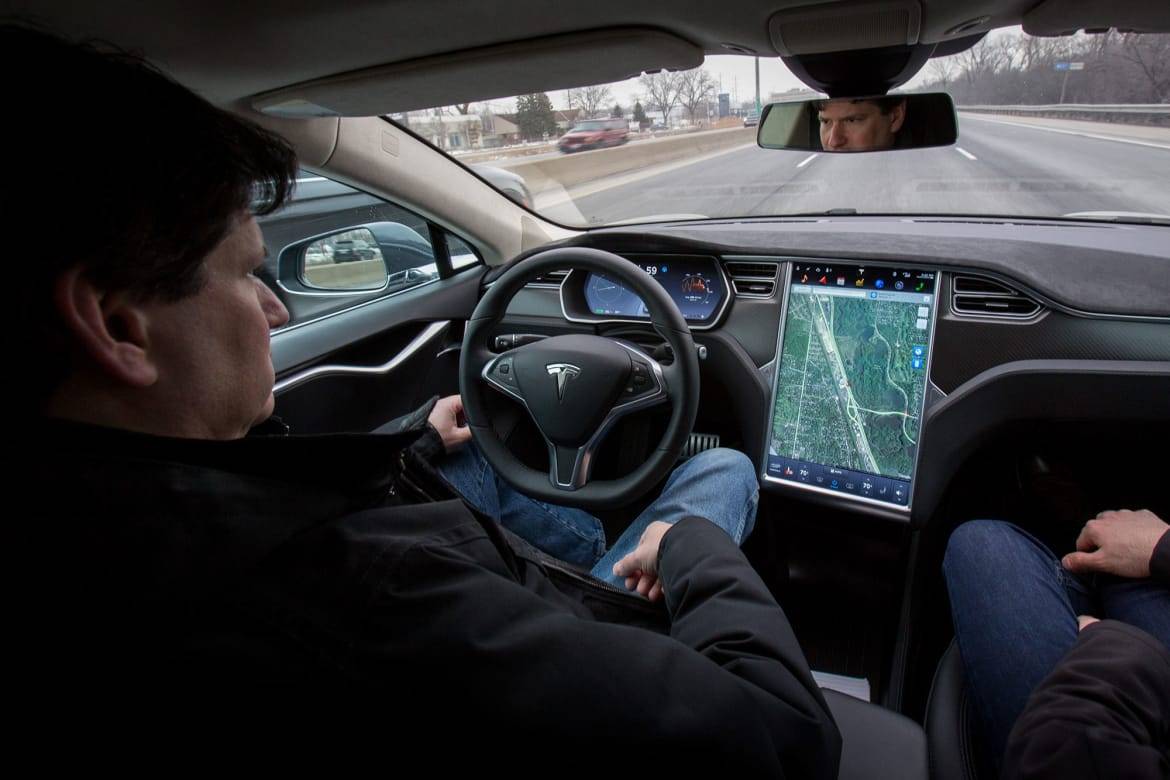Boston.com's view
When a car’s price tag approaches $40,000, is it still fair to call it a “People’s Car”?
Depends on what kind of people you’re talking about, I suppose.
Volkswagen, known for its affordable Beetles and boxes, is trying to go upscale, keeping longtime customers, who might look elsewhere for something more powerful and elegant in their rides, from moving to Audi, BMW, Volvo or Mercedes-Benz.
With the new Passat W8 they’re hoping to solidify brand loyalty by offering a flagship sedan (a station wagon is available) that, frankly, reminded me a lot of an Audi with a touch of Porsche tossed in.
The W8 is so named because of its unusual motor. A big V8 would not fit in the engine compartment of your standard midsize sedan. So to deliver power to folks looking for performance in a flagship sedan, VW engineers installed the W8 engine — really two V4 engines sitting side by side, pistons interwoven, sharing a common crankshaft.
It’s been done before and, in fact, Audi offers a W12 in Europe. The W8 is a 4.0-liter engine with four valves per cylinder. It produces a hefty 270 horsepower and 273 lb.-ft. of torque.
Like Audis, the Passat has an all-wheel drive system (called 4MOTION instead of Quattro) that is electronically monitored and able to send as much as two-thirds of the torque to front or rear wheels when slippage occurs.
While a six-speed manual transmission is available in Europe, W8s in the United States come only, at least for now, with a five-speed automatic that has a Tiptronic manual mode from Porsche.
The combination of engine, transmission, all-wheel drive and stability control features makes the W8 one of the smoothest, most stable cars I have driven in some time.
Acceleration, from a stop or even at high speeds for passing, comes with a strong, rumbling surge.
In automatic mode, upshifts while accelerating were annoyingly delayed. This meant that, while smooth, there was a frustrating series of lags as it worked its way through the gears.
Clicked over in Tiptronic, however, it was like driving another car. Accelerate, red line, flick the shifter and do it all again, each upshift coming without lag and coming seamlessly.
On the highway, the W8 charged through traffic even while running whisper quiet. Lane changes were flat, smooth, and efficient. On winding back roads the car’s heft (nearly two tons) was evident in sharp, fast cornering, yet it remained basically flat with virtually no sense of body roll.
Midsize sedan meets hefty cruiser.
The suspension is fully independent with a four-link system, coil springs, telescoping shock absorbers, and stabilizer bar up front and, in the rear, a double wishbone setup with coil springs, telescoping shocks, and stabilizer bar.
Antilock brakes and electronic stability control are standard on the W8. Other safety features include, besides front air bags, driver and passenger side air bags (built into the seats so they come at you from the same place whatever the seat position), and side curtain air bags.
Volkswagen, even in its far less expensive cars (the Jetta comes to mind), has managed to continually produce some of the finest interiors around. The W8 is no exception. Firm, finely stitched leather covers the seats, and chrome and wood accents add a subtle elegance to the interior.
Gauges are boldly marked, well-lit, and easy to read. The Monsoon audio system was a cinch to use, and I like the fact they stuck with a simple turning knob to go looking for a radio station.
The climate control system baffled me, however, and it had one drawback I found really annoying. Whenever a windshield’s interior fogs up, I’ve always found it easy and fast to clear it by pumping heat and air conditioning through the defroster at the same time. In the W8, I had to choose one or the other, and neither did the job. That fell to my son, who used his baseball hat to clear the windshield as I drove.
Interior s ace is plentiful, with very good legroom up front, good legroom in the rear, and plenty of clearance for even the heads of tall follks.
In attempting to go upscale, Volkswagen has produced a very slick car in the Passat W8, and there are reports that the W12 may make its way into other VW products — a bigger, flashier sedan aimed at upscale BMW and Mercedes models, or even a sports car.
The question remains, however, whether people are ready to pay $40,000 for a Volkswagen.
Is a $40,000 car a People’s Car? It will be if the People buy it.
2002 Volkswagen Passat W8
Base price: $38,000
Price as tested: $38,550
Horsepower: 270
Torque: 273 lb.-ft.
Wheelbase: 106.4 inches
Overall length: 185.2 inches
Width: 68.7 inches
Height: 57.5 inches
Curb weight: 3,907 lbs.
Seating: 5 passengers
Fuel economy: 21.2 miles per gallon
Source: Volkswagen North America; fuel economy from Globe testing.
Nice touch
I don’t know how they managed it in a fairly compact sedan, but VW managed to create a very large trunk — wide, deep, tall — into the Passat.
Annoyance
For all that I like about VW interiors, I’m still puzzled that they don’t do a better job of crafting bins and boxes for interior storage. And the cupholders remain too shallow.
Latest news



